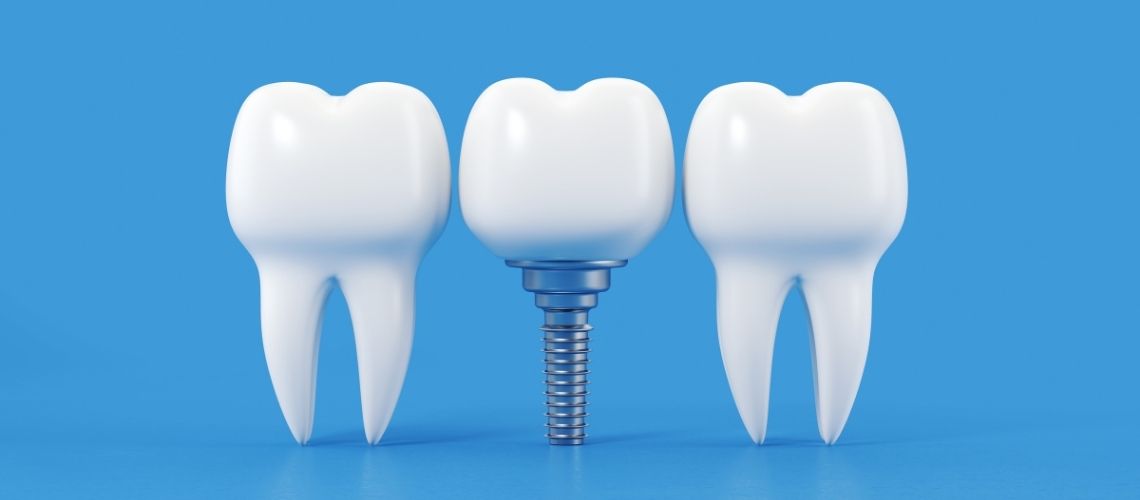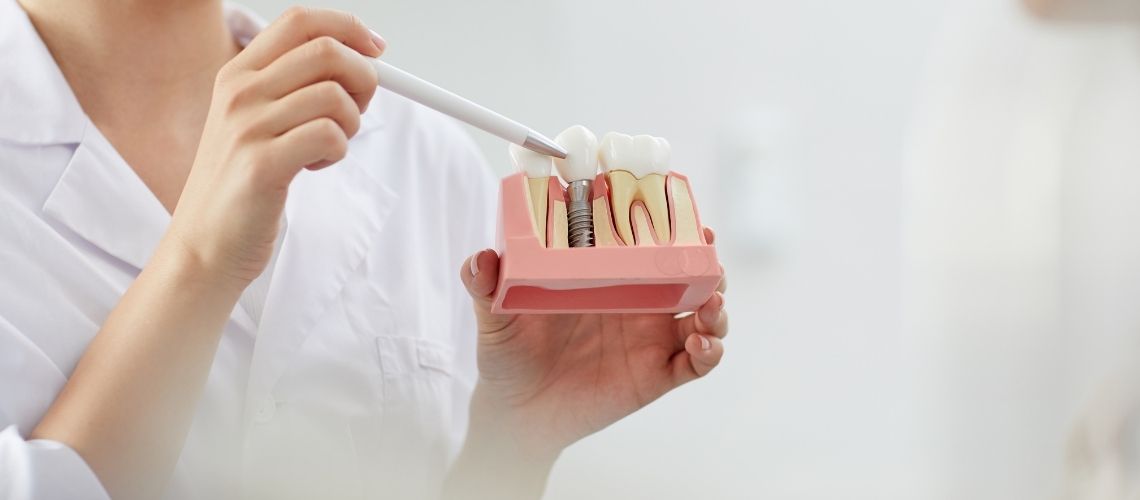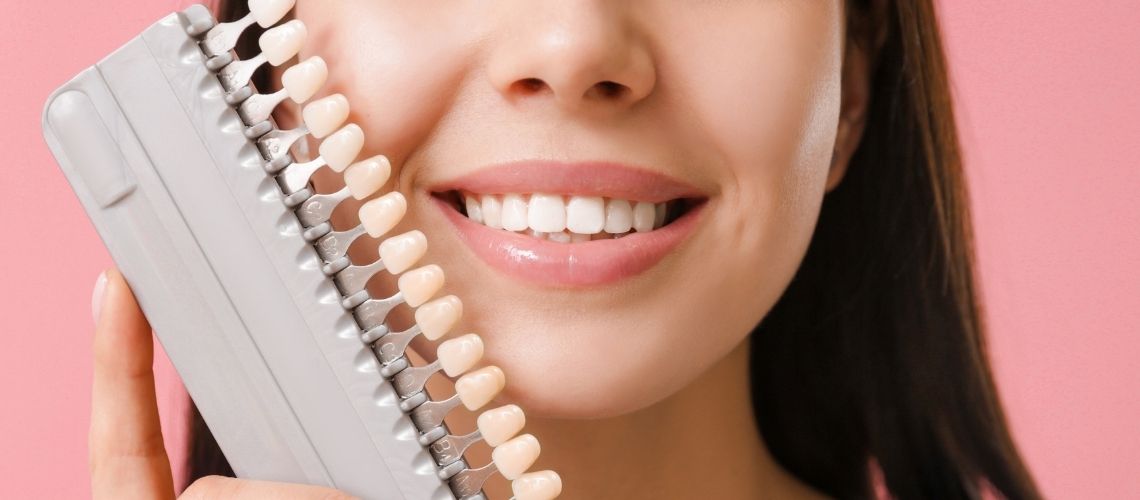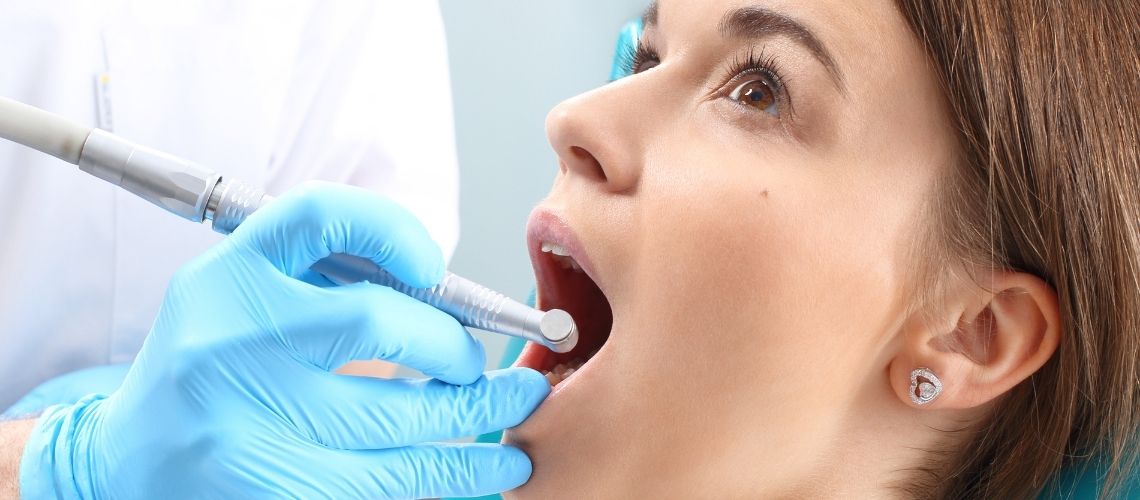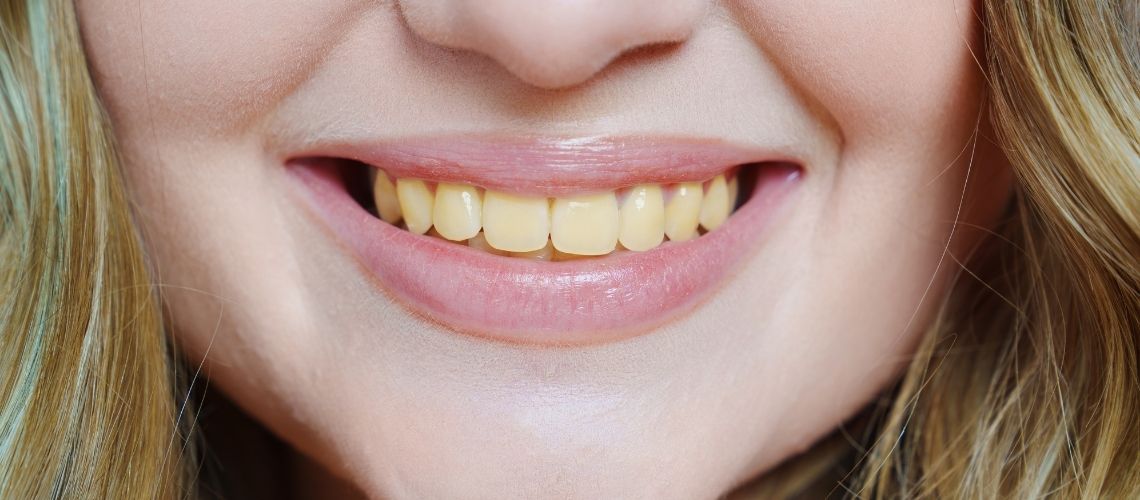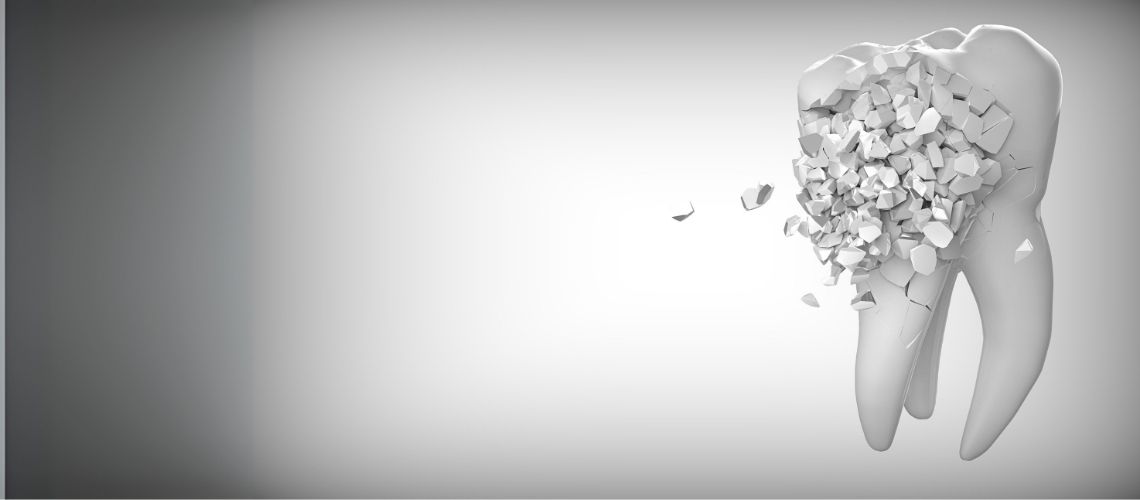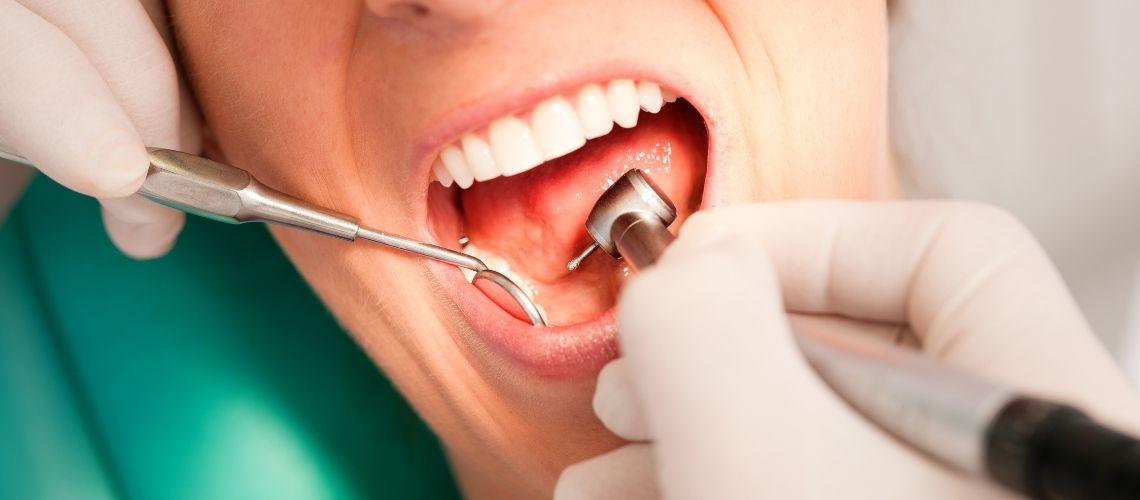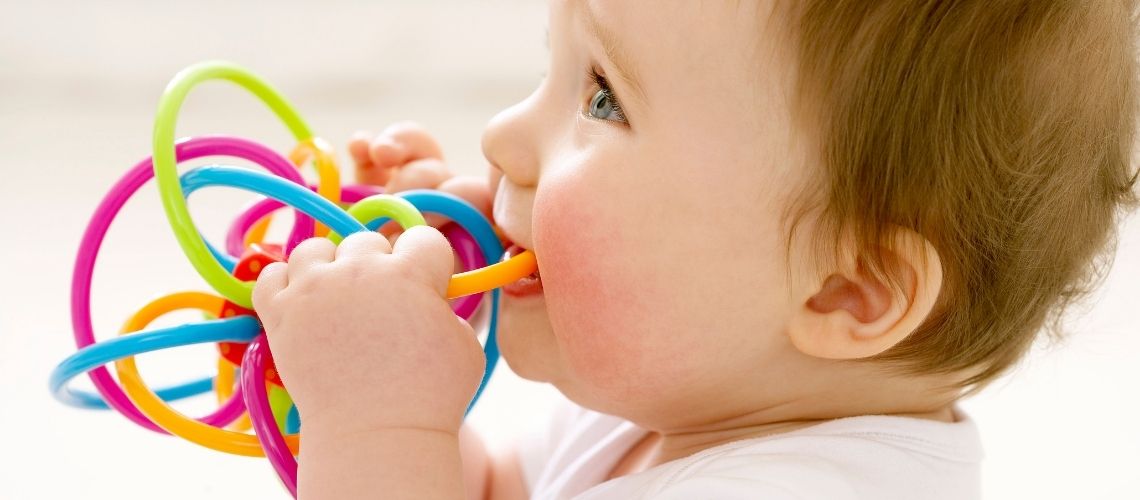There are various types of teeth in the human mouth that serve different functions. Incisors primarily bite food. Canines are effective in tearing. Premolars and molars undertake the task of grinding tougher foods. The structure of teeth consists of layers of enamel, dentin, pulp, and cementum. The outermost enamel layer is extremely hard and protects the tooth. Dentin is softer compared to enamel. Pulp contains nerves and blood vessels. Cementum, covering the root of the tooth, supports the connection with the gums.
Characteristics and Functions of Incisors
Incisors are the teeth located in the front part of the mouth used to cut food into small slices. They are known for their sharp and straight edges. These teeth play a fundamental role in the biting process. In both children and adults, there are a total of eight incisors in the front part of the mouth. These are divided into the upper and lower jaw:
- Four central incisors
- Four lateral incisors
Central incisors have a significant function as they are the first to contact food. Lateral incisors are positioned to further thin and cut the food. Both types of incisors are essential for initiating the mechanical digestion of food. The characteristics of incisors are critical for oral health and the processing of food.
Characteristics and Functions of Canines
Canines are the longest and sharpest teeth in the mouth. These teeth are located right next to the incisors and are usually notable for their pointed tips. In dentistry, these teeth are also known as canines or eye teeth. The primary function of canines is to tear food, thereby initiating the necessary first step for the digestion process.
In both jaws, there are a total of four canines:
- Two upper canines
- Two lower canines
In children, canines usually change continuously between the ages of 9 and 12. During this period, lower canines emerge a bit earlier than the upper ones. The timing of the emergence of canines affects the alignment of permanent teeth in the mouth.
Functions and Characteristics of Premolars
Premolars, also known as bicuspids, have a special place in the mouth. Located behind the incisors and canines, these teeth are smaller than molars and, with their sharp projections, effectively perform the function of chewing and grinding food. Adults have a total of eight premolars, four in the upper jaw and four in the lower jaw:
- The first premolars are located right next to the canines.
- The second premolars are positioned behind the first premolars.
These teeth play a significant role in breaking down solid foods. Premolars are not present during childhood; they typically emerge between the ages of ten and twelve. The emergence of premolars during this period increases the dietary capacity of children, enabling them to consume tougher foods.
Characteristics and Importance of Permanent Molars
Molars are the largest teeth in the mouth. They play crucial roles, particularly in chewing and grinding food. With their wide and flat surfaces and projections, these teeth ensure that food is effectively ground. Adults have a total of twelve permanent molars, six in the upper jaw and six in the lower jaw. Children have eight primary molars.
- The third molars, usually referred to as wisdom teeth, are located at the end of the row.
- These teeth emerge between the ages of 17 and 21.
- They are positioned at the very back of the jaw.
Wisdom teeth can sometimes cause various problems. They may become impacted, meaning they get stuck under the gum and do not emerge properly. Misaligned or partially emerged wisdom teeth can damage surrounding tissues and increase the risk of infection. These teeth are located in the furthest corner of the mouth, making them difficult to clean and prone to decay. In case of pain, swelling, or discomfort, it is necessary to consult a dentist. If tooth decay or infection occurs, the dentist may choose to remove these teeth.
Development and Shedding Times of Teeth
Throughout a person’s life, the development and replacement of teeth are ongoing processes. Baby teeth that appear during infancy are eventually replaced by permanent teeth. This transitional phase progresses in parallel with the development of the jaw structure in children.
Baby teeth usually begin to appear around the age of six months. This process continues until the age of three, and by this age, children generally have 20 baby teeth. The process of shedding baby teeth starts around the age of six and usually continues until around fourteen years old. During this period, baby teeth fall out under the pressure of permanent teeth, making room for them.
The emergence of permanent teeth occurs over a longer period. The first permanent molars, also known as ‘6-year molars’, usually emerge around the age of six. These teeth are located behind the baby teeth and emerge from the back of the jaw structure.
Times of Emergence and Shedding of Baby Teeth:
Upper jaw:
- Central incisor: emergence 8-12 months, shedding 6-7 years
- Lateral incisor: emergence 9-13 months, shedding 7-8 years
- Canine: emergence 16-22 months, shedding 10-12 years
- First molar: emergence 13-19 months, shedding 9-11 years
- Second molar: emergence 25-33 months, shedding 10-12 years
Lower jaw:
- Second molar: emergence 23-31 months, shedding 10-12 years
- First molar: emergence 14-18 months, shedding 9-11 years
- Canine: emergence 17-23 months, shedding 9-12 years
- Lateral incisor: emergence 10-16 months, shedding 7-8 years
- Central incisor: emergence 6-10 months, shedding 6-7 years
Times of Emergence of Permanent Teeth:
Upper jaw:
- Central incisor: 7-8 years
- Lateral incisor: 8-9 years
- Canine: 11-12 years
- First premolar: 10-11 years
- Second premolar: 10-12 years
- First molar: 6-7 years
- Second molar: 12-13 years
- Third molar (wisdom tooth): 17-21 years
Lower jaw:
- Third molar (wisdom tooth): 17-21 years
- Second molar: 11-13 years
- First molar: 6-7 years
- Second premolar: 11-12 years
- First premolar: 10-12 years
- Canine: 9-10 years
- Lateral incisor: 7-8 years
- Central incisor: 6-7 years
Functions of Teeth and Daily Care Routines
Human teeth are classified into four main categories: incisors, canines, premolars, and molars. Each type of tooth performs specific functions; incisors cut food, canines tear it, and molars grind it. These functions play a critical role in preparing food for digestion. Additionally, teeth contribute to the development of speech ability. Regular care is essential for healthy teeth and includes the following steps:
- Brushing teeth twice a day
- Using fluoride toothpaste
- Flossing at least once a day
- Maintaining a balanced diet
- Avoiding excessively sugary foods and drinks
These steps help keep the teeth healthy for a long time. Dental health is also important for overall health due to the connection
between the mouth and other systems. Regular dental visits allow for early detection and quick treatment of potential problems. These care routines support the maintenance of healthy teeth and gums and contribute to oral hygiene.

Dentist Handan Nohutcuoğlu graduated from Ege University Faculty of Dentistry in 1987. He has gained experience in various fields by working in many dental polyclinics throughout his career, combining his knowledge and experience. He continues to work at Hollywood Dental at the moment.

